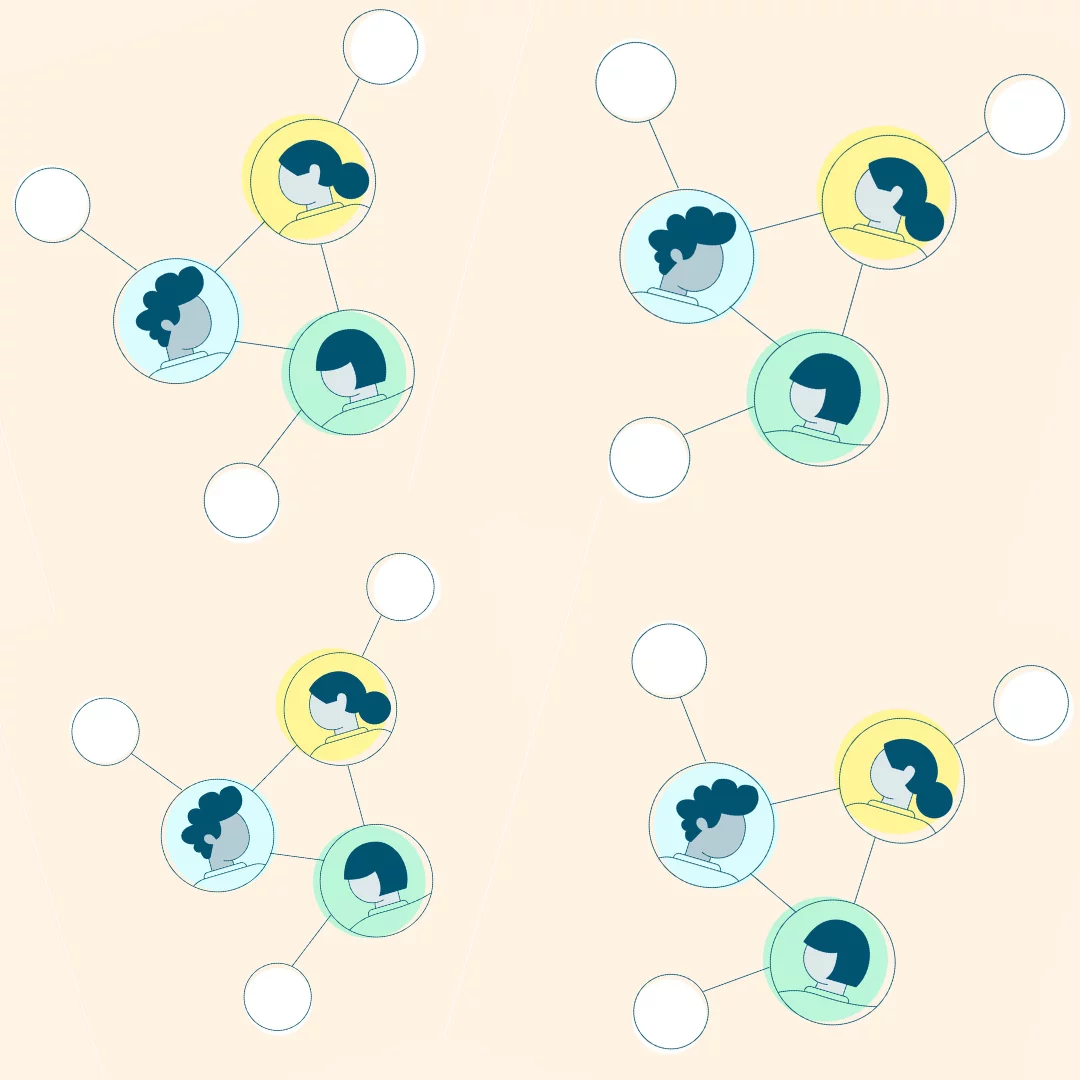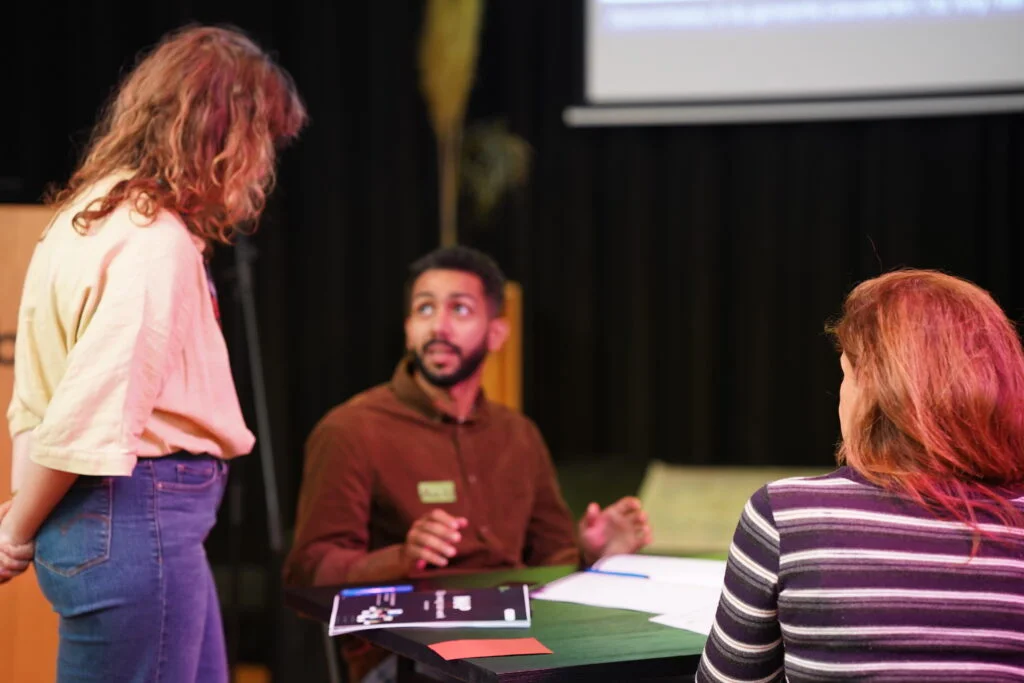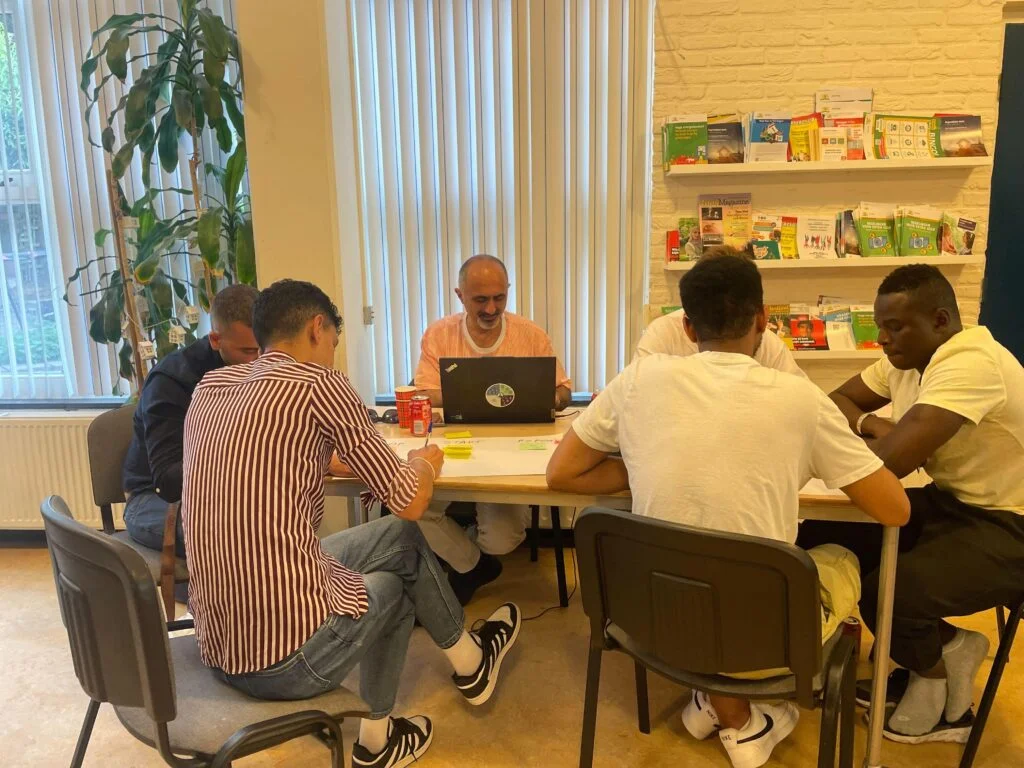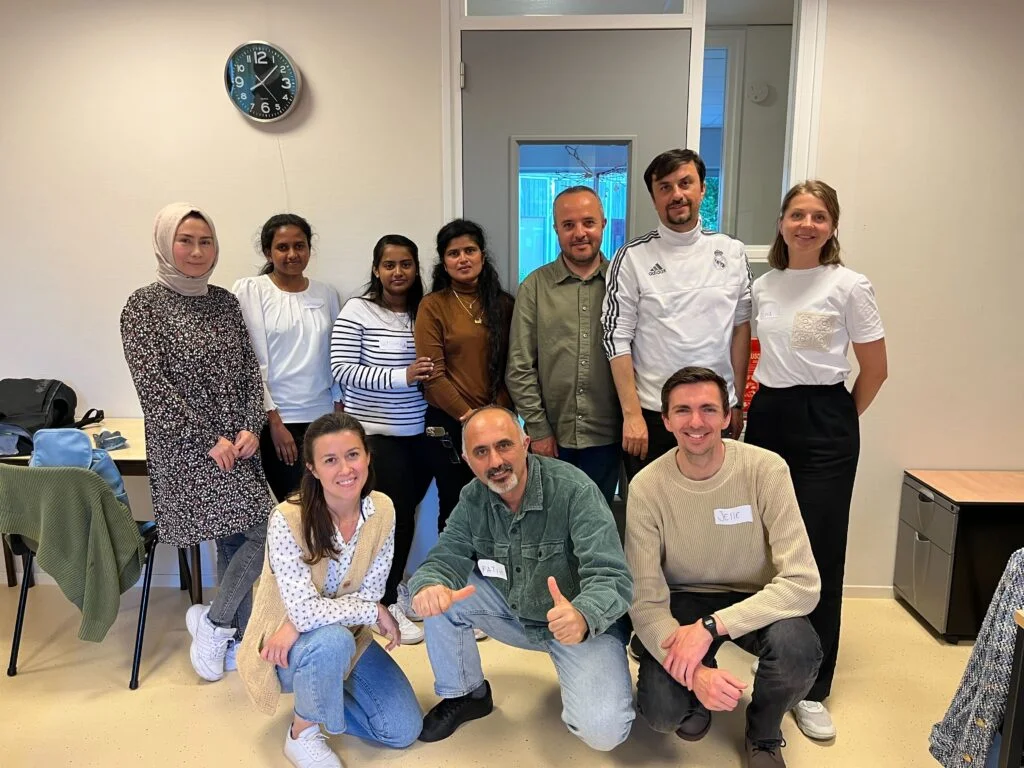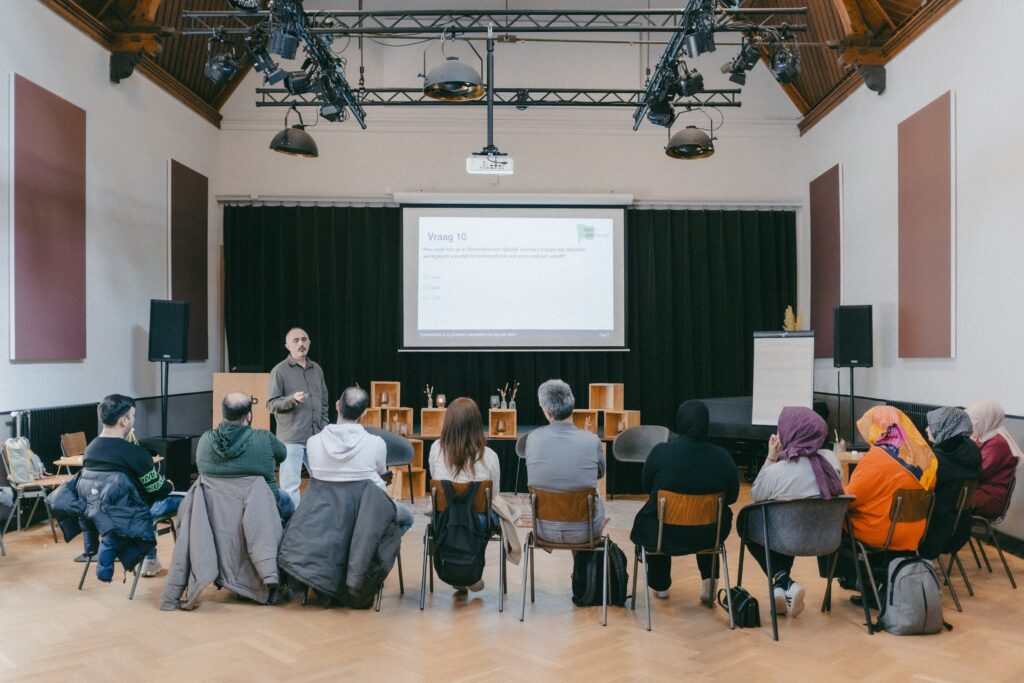To find your way as a newcomer in the Netherlands, you have to jump through many hoops and deal with many organizations. That will only become more so, next year, when you have a real Plan Inburgering en Participatie in which language, work and participation all have a place.
If all these involved organizations work well together, it is good for newcomers. Only: that cooperation is often still in its infancy. Patrick van der Hijden explains why alliance building will be an important success factor for the new Integration Act.
The importance of alliance building
What is the importance of alliance building in civil society for integration practitioners? The Netherlands has a very institutionalized form of integration and because civil society organizations are involved in the process it is important that they work well together. This is far from always the case at the moment.
And this has consequences for newcomers. They have too little access to services in housing, care, work and income. A well-known example is that social guidance ends after one or two years, but the need for guidance is still there for some of the newcomers.
Self-reliance newcomers
Newcomers do not always manage to become self-reliant after one or two years. Becoming self-reliant in Dutch society is not a matter of turning on a button. It is a process. And in that, support is often quite helpful and sometimes necessary If you are lucky, your file will be transferred to a local welfare foundation. But even when that happens, it is often unclear what to ask for, what you can ask for and what is possible at all. There are gaps in the integration process because organizations are not well connected. There is no continuity of service.
Merging language and participation
In the new situation from January 1, language and participation must truly go hand in hand. This requires cooperation between organizations that are often not used to it, such as language schools, employment initiatives and volunteer organizations. However, many municipalities have only purchased language instruction. They have probably demanded that those language schools must start working together, but the question is whether that is enough. After all, how can you really merge participation and language if only one of the two gets the money and bears the risk?
Volunteer organizations work alongside each other
Another example: volunteering is an important means for newcomers to find a place in Dutch society. It is a great opportunity to practice the language and get to know the Dutch labor market. But also to create connections with the environment and build a professional network. In almost every region or municipality you will find large volunteer organizations that work professionally but have little to offer newcomers.
There are also many smaller organizations that are close to the communities, but lack the professionalism of the larger organizations. In addition, some organizations are very good with elder work, others with language practice. At the moment these large and small clubs work alongside each other while together they can make so much more impact.
Unused opportunities
Thus, there are lots of examples of untapped opportunities and large gaps in services, preventing people from accessing all that the rich civil society in the Netherlands has to offer. This is bad for newcomers and also bad for society. The question is whether the new Integration Act will change this situation.
Alliance building essential
Of course, we don't know exactly how the new Integration Act will work. What we do know is that the formation of alliances in civil society will be essential to make the system around newcomers work better. If you, as a municipality, will soon be responsible for the integration of newcomers, whether there are 25 or 250 of them, then you must have easy access to and a clear overview of everything that is present in your region.
Right now there is a lot of fragmentation. Each organization is doing its own thing. Some find their way quickly to municipalities, others do not. If providers themselves do something about that fragmentation by forming a close and agile alliance, their access to funding will be better, and what's more, you will make a real difference for the people concerned.
Alliance building and collaboration not the same thing
Many organizations are already working together. From the perspective of municipalities, it is also important for organizations to work together. But cooperation is not the same as alliance building. Cooperation is usually about a specific question, a specific period of time, and is realized in a project-based way. Once the goal is achieved, collaboration usually stops. Alliance building is seeing a social task together and setting up a sustainable and innovative approach to it. In an alliance you stick together, even when a project is over.
In 2015 and 2016, many organizations emerged that now want to move to the next stage: professionalization and a better earning model. Municipalities do not have a picture of what is going on in civil society, and civil society does not know what is important to municipalities. Alliance building is the answer to these tasks.
What is needed for alliance building?
Organizational consultant Jaap Boonstra distinguishes between four phases in alliance formation: form, in which you make contact with each other; form, in which you make agreements; function, in which you get down to work; and transform, in which you collectively take on a new form and, for example, a new task.
For example, that model nicely shows that you should not start with agreements and contracts, but with content: what do you want to achieve together? In addition, the participants in an alliance-in-development must assume a number of different roles.
Explorer
The explorer explores the possibilities for an alliance and how the relationships between the organizations lie. What is the picture we are striving for together? What will be the exchange of interests? Can we trust each other even if not everything is written on paper? Are we willing to hold on to each other even in times of crisis?
Gangmaker
The pacesetter brings organizations together. Sometimes there is a general idea, such as "It would be good if we did something together" or a municipality saying "We want one point of contact." The pacesetter puts people together and then brings them together in a way that creates leadership and ownership in the group. When the going gets tough, the pacesetter guides the transactional moments and creates a positive, constructive atmosphere.
Expert
In addition, you need experts. There is very little knowledge available about how to collaborate, about possibilities, choices and alternatives. Such as funding models, work processes, collaboration models. But also experts from the group of newcomers, who add knowledge from within. As OpenEmbassy , we can take on all three roles. But we are also happy to guide administrators, volunteers and professionals who want to learn to play those roles themselves.
Support alliance formation
From the Theory of Change, OpenEmbassy supports alliance formation:
- Our activity is to explore, organize, add knowledge, form and inform
- For example, the output is a presentation: We are the integration coalition of ...
- The outcome is a functioning alliance in which there is actual better collaboration and innovation
- The impact is: that newcomers have better access to services and become better connected to Dutch society.
Would you like more information about, advice or guidance on alliance building? Or do you have good examples of alliance building in the field of integration and inclusion? Send a message to pepijn@openembassy.nl.
